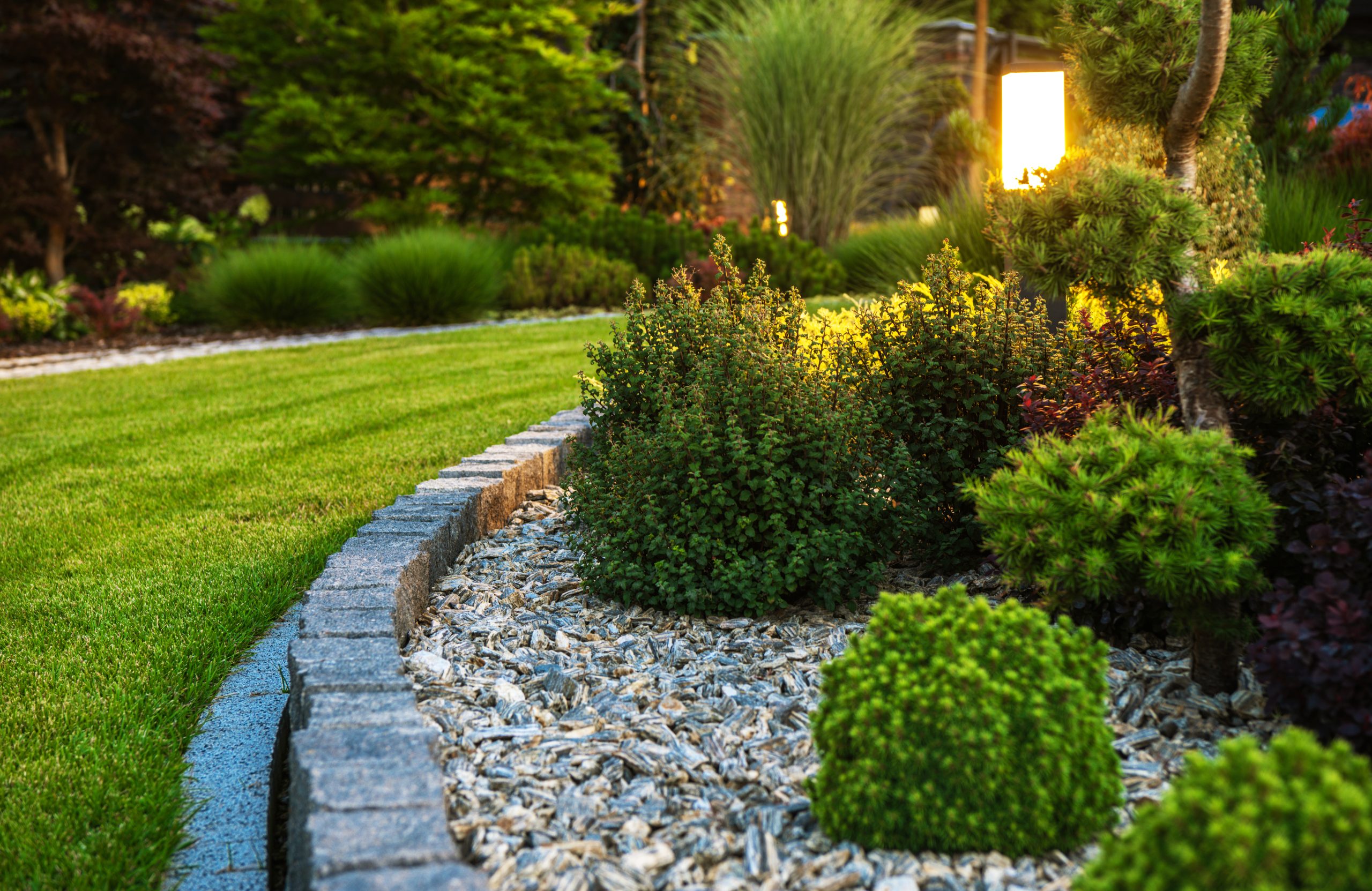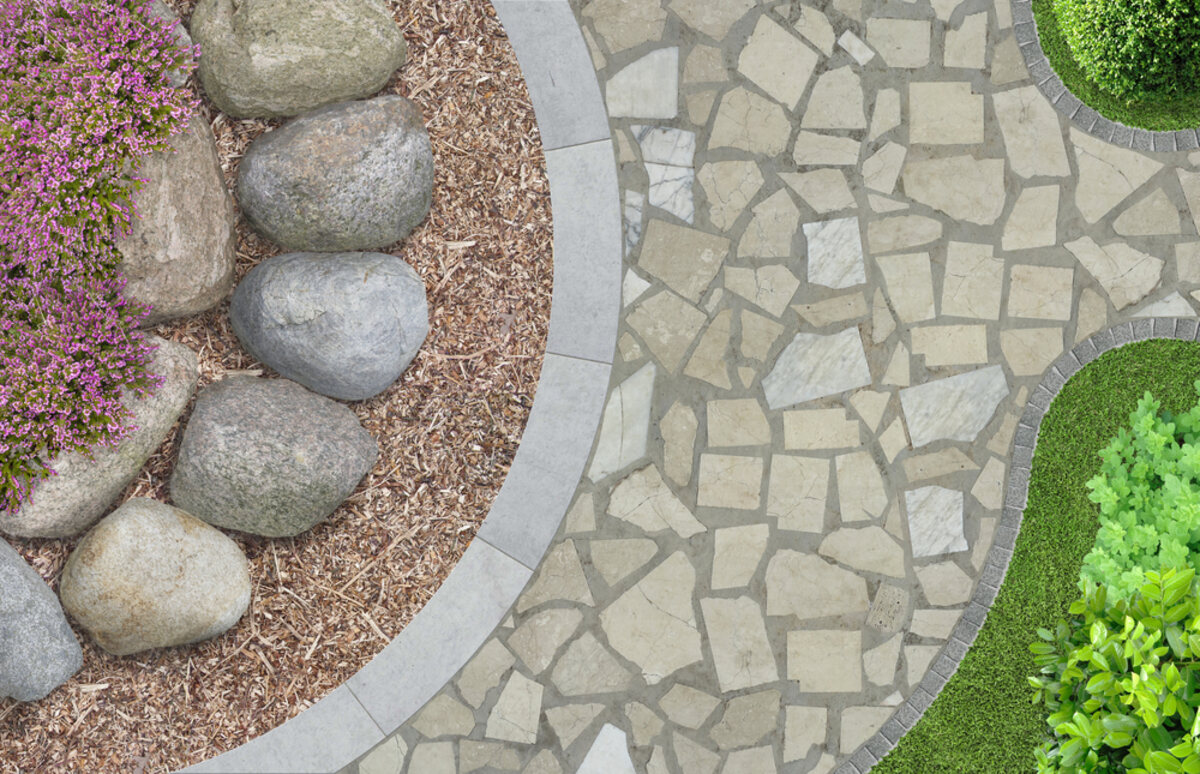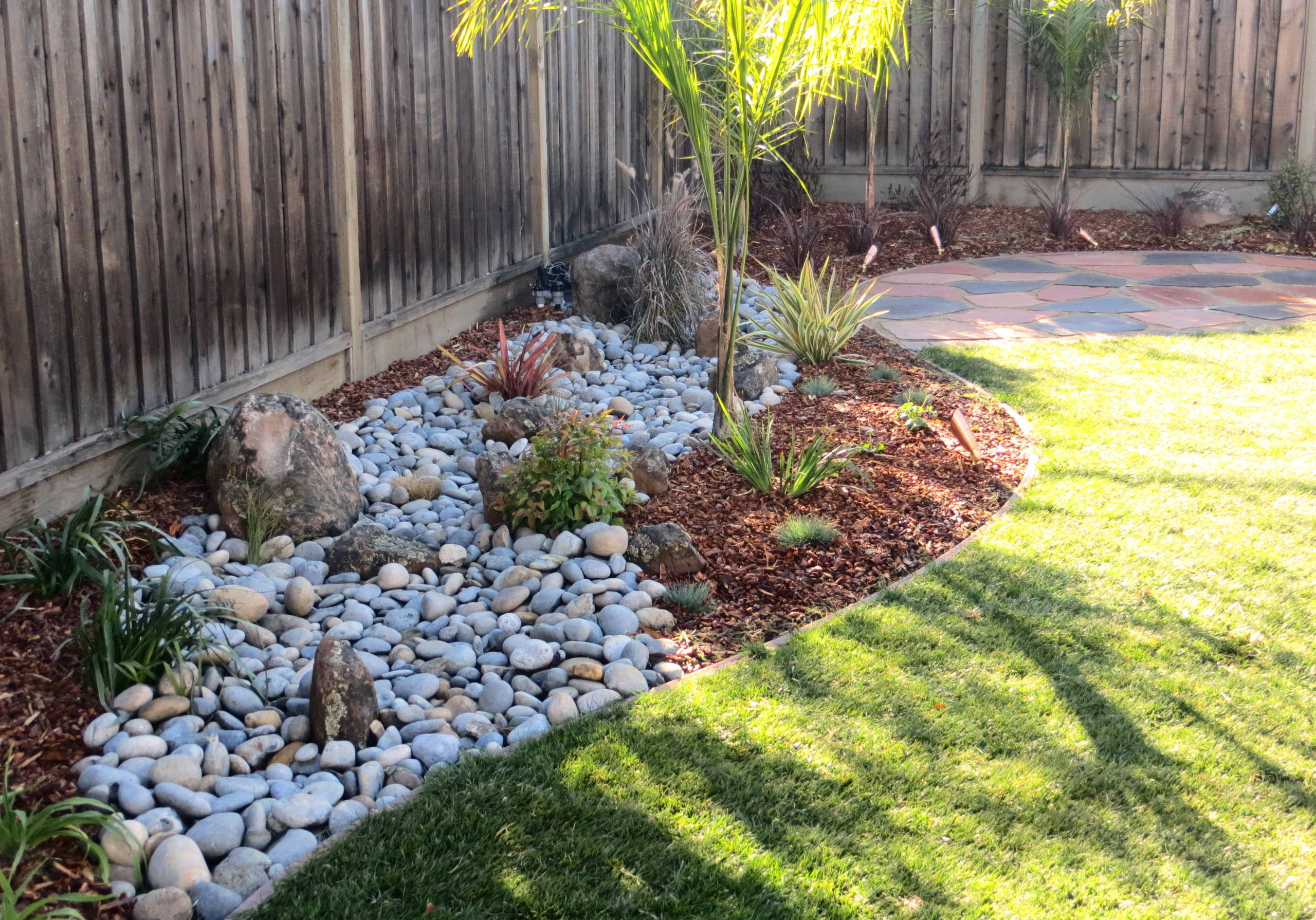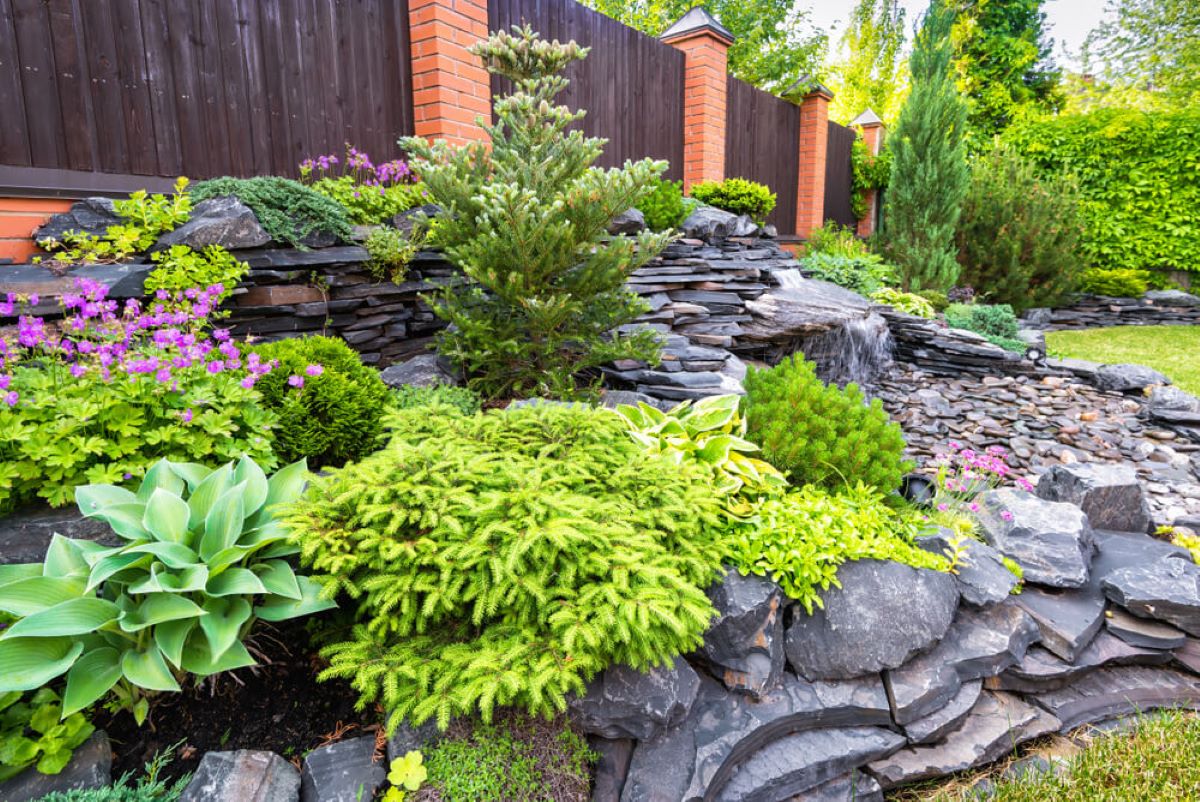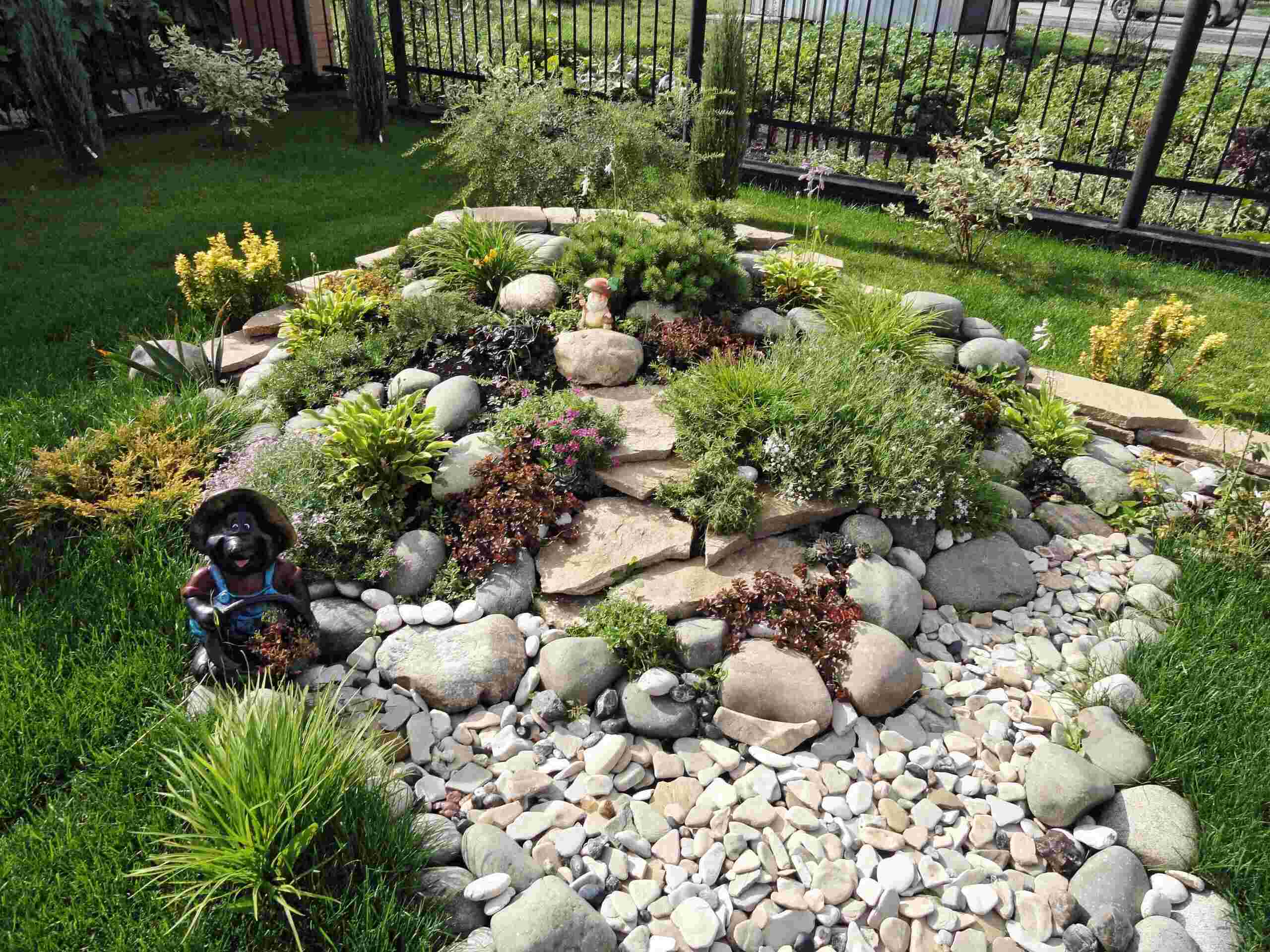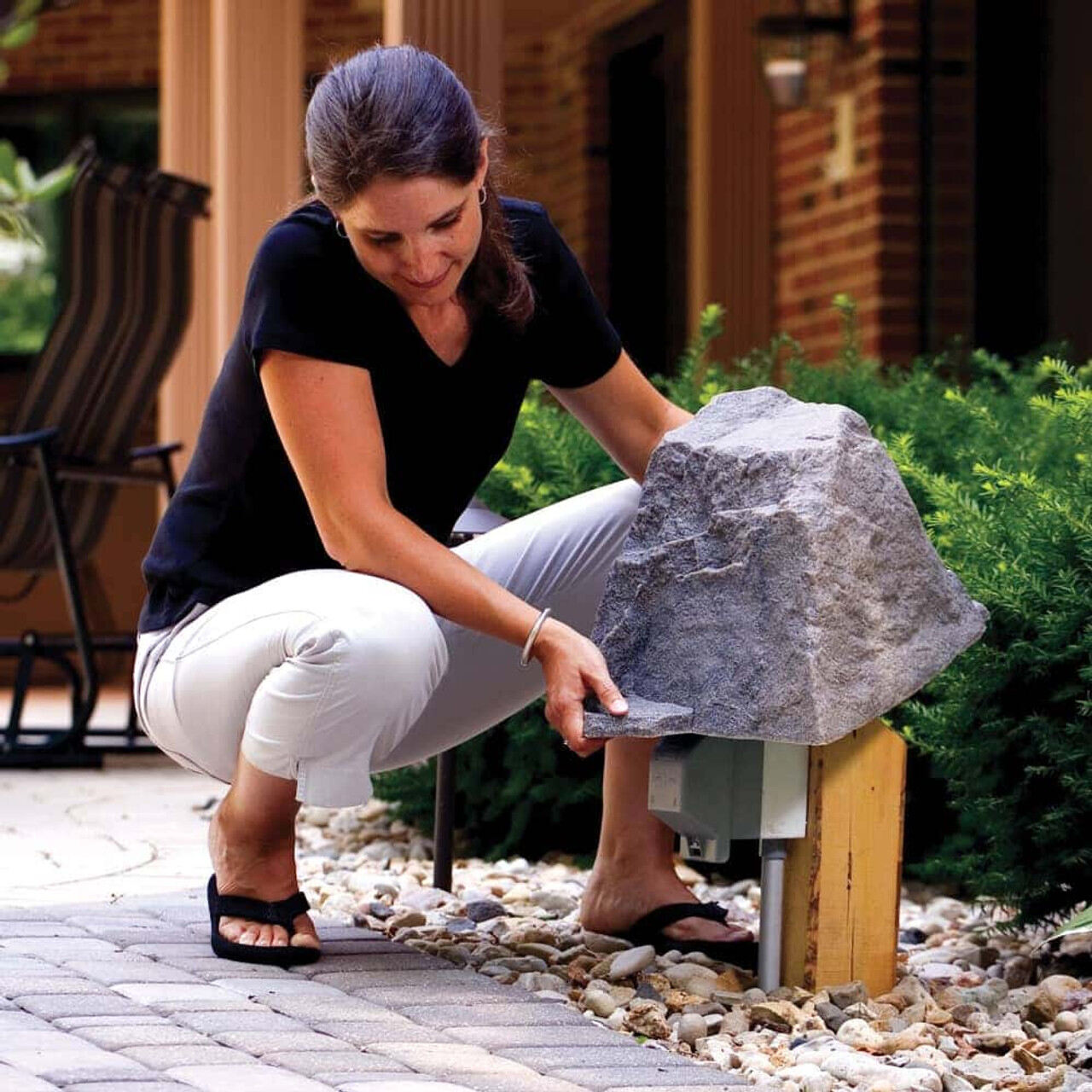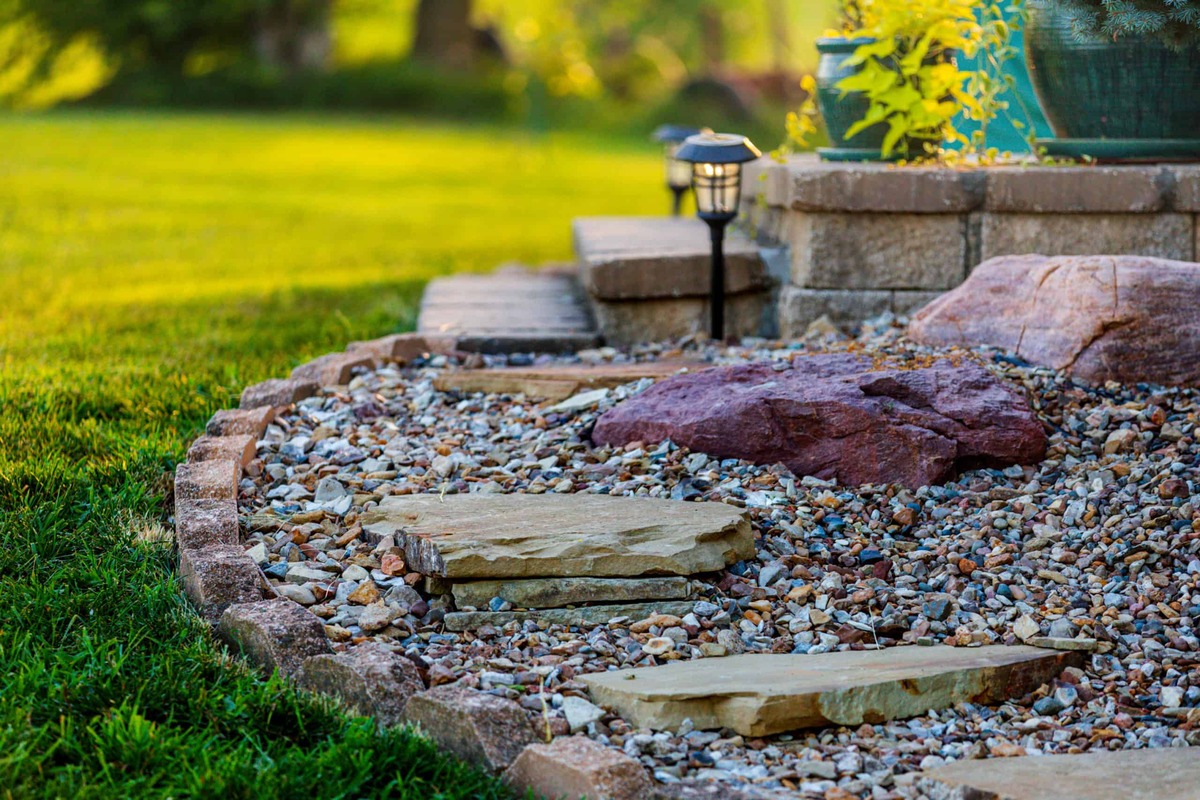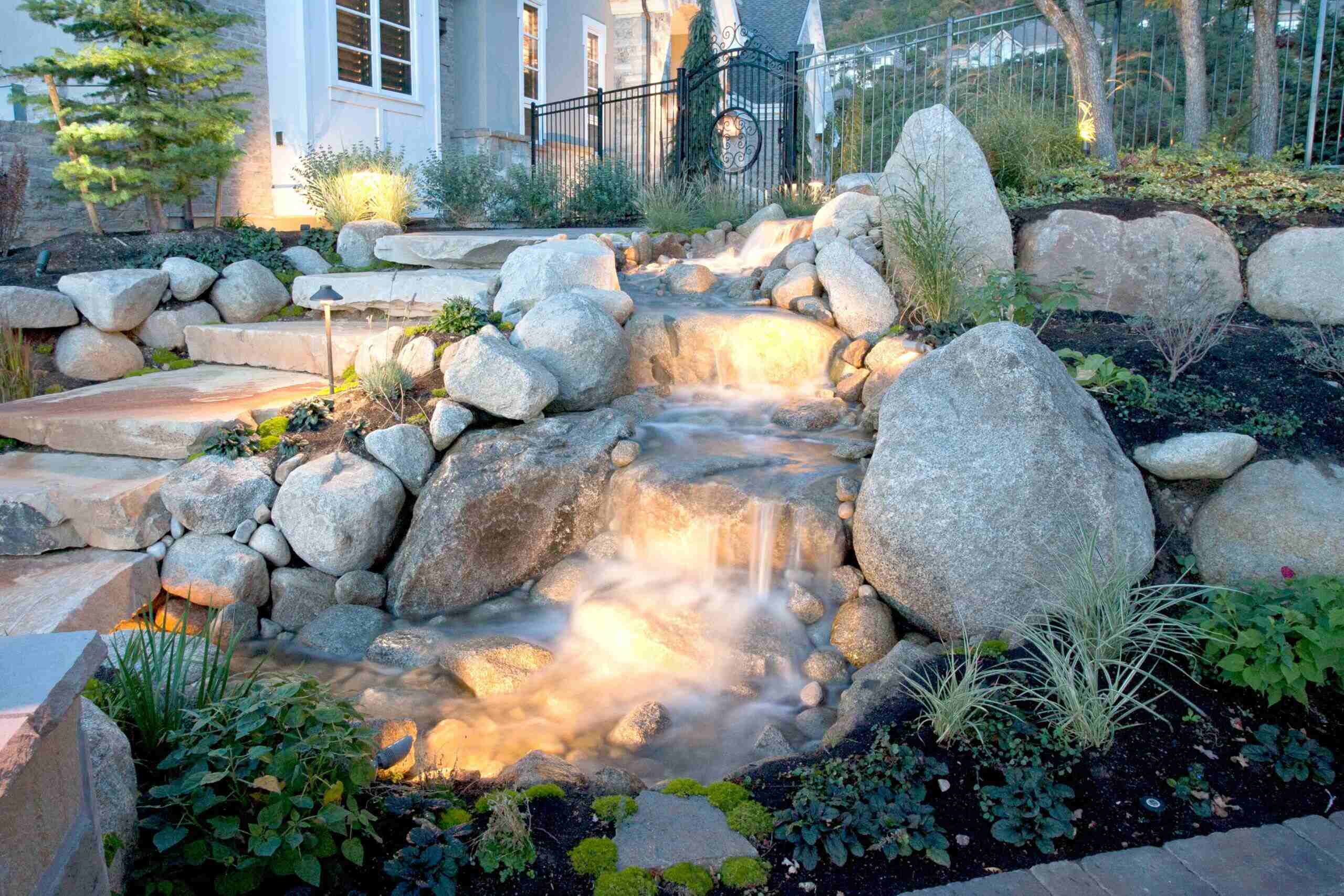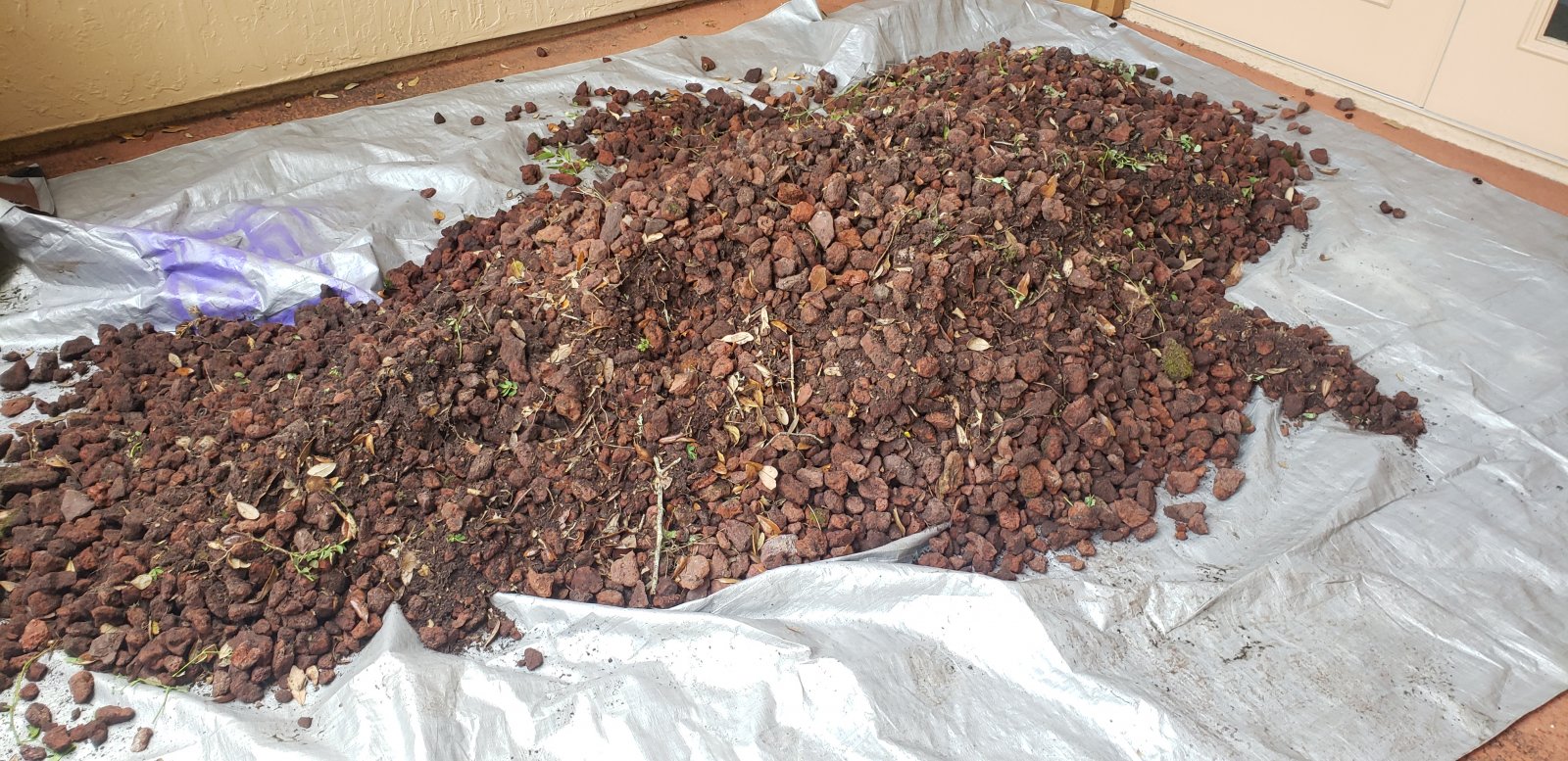Home>Reviews>Product Reviews>What Is The Cheapest Rock For Landscaping
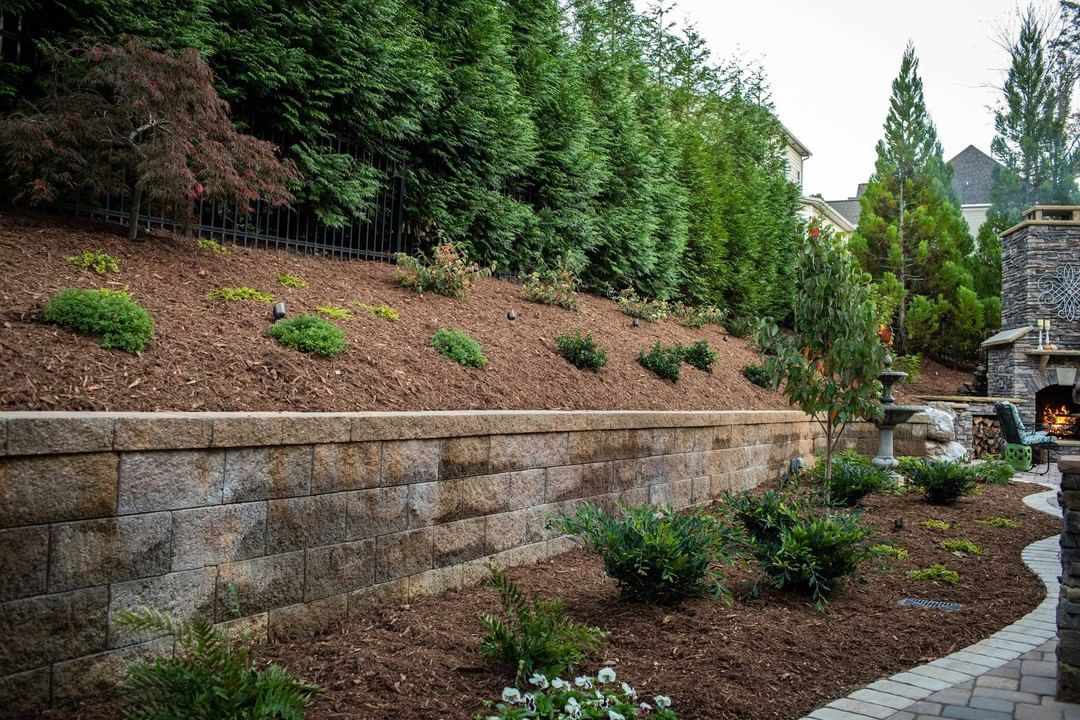

Product Reviews
What Is The Cheapest Rock For Landscaping
Modified: February 8, 2024
Looking for the cheapest rock for landscaping? Read our product reviews and find incredible deals on top-rated rocks perfect for your outdoor projects.
(Many of the links in this article redirect to a specific reviewed product. Your purchase of these products through affiliate links helps to generate commission for Chicagolandgardening.com, at no extra cost. Learn more)
Table of Contents
- Introduction
- Different Types of Rocks for Landscaping
- Factors to Consider When Choosing a Cheap Rock for Landscaping
- The Benefits of Using Rocks for Landscaping
- Potential Drawbacks of Using Rocks for Landscaping
- Where to Find Cheap Rocks for Landscaping
- Cost Comparison of Various Rocks for Landscaping
- Tips for Using Rocks in Your Landscape Design
- Conclusion
Introduction
When it comes to landscaping, choosing the right materials can make all the difference in creating a beautiful and functional outdoor space. One versatile and budget-friendly option is using rocks for landscaping. Rocks can add texture, color, and dimension to your yard, transforming it into a stunning oasis.
In this article, we will explore the different types of rocks that are suitable for landscaping, factors to consider when choosing a cost-effective option, the benefits and drawbacks of using rocks, where to find affordable rocks, cost comparisons, and tips for incorporating rocks into your landscape design.
Landscaping with rocks is a popular choice for many reasons. Not only do they offer aesthetic appeal, but they also provide natural elements that can complement various architectural styles. Additionally, rocks are durable and require minimal maintenance compared to plants and other landscaping materials.
Furthermore, rocks can be used in a variety of ways. From creating pathways and borders to constructing retaining walls and water features, the possibilities are endless. Whether you are looking to revamp your entire landscape or just add a few accents, rocks can help you achieve a stylish and cohesive look.
However, it’s important to note that not all rocks are created equal. The cost, size, and availability of different types of rocks can vary significantly. Understanding these factors will enable you to make an informed decision and find the cheapest rock option that meets your needs.
Now, let’s delve into the world of landscaping rocks and explore the various options available, as well as the considerations you should keep in mind when choosing the most cost-effective rock for your landscaping project.
Different Types of Rocks for Landscaping
When it comes to choosing the right rocks for your landscaping project, it’s essential to understand the different types available and their characteristics. Each type of rock offers unique features that can enhance the aesthetic appeal of your outdoor space. Here are some of the most common types of rocks used in landscaping:
- Pea Gravel: Pea gravel consists of small, round stones that are typically between 1/8 and 3/8 of an inch in diameter. It is a popular choice for pathways, as it provides a smooth and comfortable walking surface. Pea gravel comes in various colors, including beige, gray, and brown.
- River Rock: River rock is smooth, rounded stones that are obtained from riverbeds. They come in a variety of sizes and colors, ranging from small pebbles to large boulders. River rock is commonly used for decorative purposes, such as in water features, dry riverbeds, and as accents in flower beds.
- Flagstone: Flagstone is a flat and thin rock that is perfect for creating natural-looking pathways and patios. It is available in various colors, including gray, brown, and red. Flagstone offers a rustic and timeless appeal to any landscape design.
- Lava Rock: Lava rock is a lightweight and porous rock that is formed from volcanic lava. It is commonly used in succulent gardens and as a groundcover in xeriscapes. Lava rock is available in different shades of red and black.
- Crushed Granite: Crushed granite is a durable and versatile rock that is often used for driveways, pathways, and as a base material for other hardscape installations. It comes in various sizes and is available in different shades of gray.
- Slate: Slate is a dense and fine-grained rock that is known for its natural beauty and versatility. It is commonly used for creating elegant and modern pathways, outdoor kitchen countertops, and pool surrounds. Slate is available in various colors, including gray, green, and purple.
These are just a few examples of the wide range of rock options available for landscaping. Each type of rock has its own unique characteristics, so it’s important to consider factors such as color, size, texture, and durability when choosing the right rock for your project.
Now that you are familiar with the different types of rocks available, let’s move on to the next section, where we’ll discuss the factors you should consider when choosing a cost-effective rock for your landscaping needs.
Factors to Consider When Choosing a Cheap Rock for Landscaping
When working with a tight budget, it’s important to consider several factors when choosing a cheap rock for your landscaping project. By understanding these factors, you can find a cost-effective option that meets your aesthetic preferences and functional needs. Here are some key factors to consider:
- Cost: Naturally, one of the primary factors to consider when choosing a cheap rock is the cost. Different types of rocks come at various price points, so it’s essential to compare prices and find a rock that fits within your budget. However, keep in mind that cheaper rocks may not always offer the same durability or aesthetic appeal as more expensive options.
- Availability: Another consideration is the availability of the rock in your area. Some rocks may be more readily available, resulting in lower costs due to reduced transportation or importation fees. Check with local suppliers to determine which rocks are abundant in your region, as this can help you find a cheaper option.
- Maintenance: The level of maintenance required for a particular type of rock is an important factor to consider. While rocks are generally low-maintenance compared to other landscaping materials, some may require occasional cleaning or repositioning. Choosing a rock that requires minimal maintenance can save you time and money in the long run.
- Durability: The durability of the rock is crucial, especially if it will be exposed to harsh weather conditions or heavy foot traffic. Cheaper rocks may not be as durable as more expensive options, so consider the durability requirements of your specific project. For example, if you need a rock for a high-traffic pathway, investing in a more durable and slightly pricier option may be a wise choice.
- Appearance: While cost is a priority when choosing a cheap rock, it’s also important to consider its appearance. The rock should complement the overall aesthetic of your landscape design and blend harmoniously with other elements such as plants, hardscapes, and architectural features. Remember that choosing a rock solely based on price without considering its visual appeal may result in an unsatisfactory outcome.
By considering these factors, you can find a cheap rock that not only fits your budget but also meets your desired aesthetic and functional requirements. Keep in mind that landscaping is an investment, and it’s worth allocating a reasonable budget to ensure the long-term success and enjoyment of your outdoor space.
Now that you understand the key factors to consider when choosing a cost-effective rock for your landscaping project, let’s explore the benefits and potential drawbacks of using rocks in your landscape design.
The Benefits of Using Rocks for Landscaping
Using rocks for landscaping offers numerous benefits that make them a popular choice among homeowners and landscape designers alike. Whether you’re looking to enhance the beauty of your outdoor space or create a functional and low-maintenance landscape, rocks can provide a range of advantages. Here are some key benefits of using rocks in your landscaping:
- Aesthetic Appeal: One of the main benefits of using rocks in landscaping is their aesthetic appeal. Rocks bring texture, color, and visual interest to your yard, creating a visually stunning and appealing landscape. Whether you opt for smooth river rocks, rugged flagstones, or vibrant lava rocks, they can enhance the overall beauty of your outdoor space.
- Low Maintenance: Rocks require minimal maintenance compared to grass, plants, or other landscaping materials. They don’t need watering, mowing, or fertilizing, saving you time, effort, and money on landscaping maintenance. Once properly installed, rocks stay in place and don’t require frequent adjustments or replacements.
- Durability: Rocks are incredibly durable and can withstand various weather conditions, including extreme heat, cold, and rain. Unlike organic materials, rocks won’t rot, fade, or break down over time. This durability ensures that your landscape retains its beauty and functionality for years to come.
- Water Conservation: Landscaping with rocks can help conserve water. By replacing large grassy areas with rock features, you reduce the need for constant watering, especially in regions prone to drought. Rocks also prevent soil erosion by acting as a natural barrier against heavy rain, keeping the soil in place and reducing water runoff.
- Versatility: Rocks offer endless opportunities for creativity and versatility in landscape design. They can be used to create pathways, borders, retaining walls, water features, and focal points in your yard. The wide variety of rock types, sizes, and colors allows you to customize your landscape design to suit your personal style and preferences.
- Sustainability: Many types of rocks used in landscaping, such as river rocks and flagstones, are natural and environmentally friendly. Additionally, rocks can be recycled or repurposed, making them a sustainable choice for landscaping projects.
These benefits make rocks an attractive option for homeowners who want a beautiful and low-maintenance landscape. However, it’s important to acknowledge that there are also potential drawbacks to using rocks in landscaping, which we will explore in the next section.
Despite the potential drawbacks, utilizing rocks in your landscaping design can transform your outdoor space into a visually appealing and functional haven. Now, let’s discuss the potential drawbacks of using rocks for landscaping and how to overcome them.
Potential Drawbacks of Using Rocks for Landscaping
While there are many benefits to using rocks in landscaping, it’s important to consider the potential drawbacks as well. Understanding these drawbacks will help you make an informed decision and find solutions to overcome any challenges that may arise. Here are some potential drawbacks of using rocks in your landscape design:
- Higher Initial Cost: Some types of rocks, especially larger or more exotic varieties, can be expensive compared to other landscaping materials. The initial cost of purchasing and installing rocks may be higher, especially if you’re covering a large area. However, it’s important to weigh this cost against the long-term benefits and low maintenance requirements of rocks.
- Heat Absorption: Rocks can absorb and retain heat, especially in sunny areas. This can create a microclimate that may affect nearby plants or make the area uncomfortable during hot summer months. To mitigate this, consider using lighter-colored rocks or incorporating shade-providing plants or structures.
- Weed Control: While rocks can limit weed growth compared to traditional lawns and gardens, they are not completely weed-proof. Weeds can still find their way through the gaps between rocks or establish root systems on top of them. Regular weeding or using a weed barrier underneath the rocks can help prevent weed growth.
- Runoff and Drainage: In areas with heavy rainfall, rocks may not absorb water as effectively as soil or vegetation. This can result in water runoff and potential drainage issues. To mitigate this, consider incorporating proper drainage systems and designing your landscape to encourage water flow.
- Slippery Surfaces: Smooth or polished rocks can become slippery when wet, which may pose a safety hazard. If you are using rocks in areas where there is a higher risk of slipping, such as a pathway near a pool or a steep slope, consider using textured or rougher rocks or incorporating non-slip surfaces.
- Limitations in Planting: Rocks can limit the types of plants that can be grown directly in the rock bed. Some plants may struggle to establish root systems or find it challenging to access water and nutrients. To overcome this limitation, consider using raised plant beds or incorporating separate planting areas with suitable soil.
While these potential drawbacks should be taken into consideration, they can often be addressed through thoughtful design choices and regular maintenance. By understanding and planning for these challenges, you can create a beautiful and sustainable landscape using rocks as a key element.
Now that we’ve discussed the potential drawbacks of using rocks in landscaping, let’s explore where you can find affordable rocks for your project.
Where to Find Cheap Rocks for Landscaping
When it comes to finding affordable rocks for your landscaping project, there are several sources you can explore. By knowing where to look, you can find cost-effective options that fit your budget. Here are some places where you can find cheap rocks for landscaping:
- Nurseries and Garden Centers: Local nurseries and garden centers often carry a variety of rocks for landscaping. These establishments may have a selection of affordable options, especially if they source their rocks locally. Visit different nurseries and garden centers in your area to compare prices and availability.
- Landscape Supply Yards: Landscape supply yards are specialized stores that offer a wide range of landscaping materials, including rocks. These yards typically sell rocks in bulk, which can be a more cost-effective option if you need a large quantity of rocks for your project. Contact local landscape supply yards to inquire about their prices and available options.
- Construction and Quarry Sites: Construction and quarry sites often have excess rocks that they may sell at a discounted price or even give away for free. Contact local construction companies or quarries to inquire about any surplus rocks they may have available. Keep in mind that transportation may be required, and you may need to arrange for the rocks to be delivered to your location.
- Online Marketplaces: Online marketplaces, such as Craigslist or Facebook Marketplace, can be a great resource for finding affordable rocks. Many individuals and businesses list rocks for sale at competitive prices. Browse through the listings in your area and communicate with the sellers to negotiate prices and arrange pickup or delivery.
- Community Swaps and Yard Sales: Check local community event listings or join community groups and forums to find out about any swaps or yard sales where people may be selling or giving away rocks for landscaping. These events can sometimes offer great deals or even free rocks if you’re willing to do some labor and transportation yourself.
Remember to take into consideration the size, type, and quantity of rocks you need for your project when comparing prices and availability. It’s always a good idea to visit the location or inspect the rocks in person before making a purchase to ensure they meet your requirements.
Now that you know where to find affordable rocks, let’s move on to the next section, where we’ll discuss the cost comparison of various types of rocks for landscaping.
Cost Comparison of Various Rocks for Landscaping
When considering the cost of rocks for your landscaping project, it’s important to take into account not just the initial purchase price, but also the overall value and longevity of the rocks. Different types of rocks vary in cost due to factors such as availability, extraction, transportation, and processing. Here is a cost comparison of various rocks commonly used in landscaping:
- Pea Gravel: Pea gravel is one of the most affordable options for landscaping rocks. The cost typically ranges from $30 to $50 per ton. It is a cost-effective choice for pathways and smaller areas, but keep in mind that it may require some occasional maintenance like leveling.
- River Rock: The cost of river rocks depends on the size, color, and quality. Smaller river rocks can range from $30 to $100 per ton, while larger boulders can cost around $100 to $500 per ton. River rocks are often chosen for their natural beauty and are commonly used in decorative landscaping.
- Flagstone: Flagstone is a more luxurious option and tends to have a higher cost. The price can range from $200 to $400 per ton, depending on the type and quality of the flagstone. Flagstone is a popular choice for pathways, patios, and other hardscape features due to its durability and aesthetic appeal.
- Lava Rock: Lava rock is typically sold by the bag or in bulk. Bagged lava rock can range from $5 to $10 per bag, while bulk purchases can cost around $200 to $500 per ton. Lava rock adds texture and unique color to your landscape, making it an eye-catching choice for certain design styles.
- Crushed Granite: Crushed granite is available in various sizes, and the cost can range from $30 to $70 per ton. It is commonly used for driveways, pathways, and as a base material for other hardscape installations. Crushed granite offers durability and a natural look.
- Slate: Slate is considered a higher-end option and tends to have a higher cost. It can range from $500 to $1,500 per ton, depending on the type, size, and color. Slate is often chosen for its unique texture and elegant appearance in landscape designs.
Keep in mind that these prices are approximate and can vary based on your location and the supplier. It’s also important to factor in additional costs such as delivery, installation, and any necessary equipment for handling the rocks.
When considering the cost, it’s essential to balance your budget with the desired aesthetics and durability of the rocks. While cheaper rocks may save you money upfront, investing in higher-quality rocks can provide long-term value and reduce the need for future replacements or repairs.
Now that you have a better understanding of the cost comparison for various rocks, let’s move on to the next section, where we’ll share some tips for using rocks in your landscape design.
Tips for Using Rocks in Your Landscape Design
When incorporating rocks into your landscape design, it’s important to consider a few tips to ensure a successful and visually appealing outcome. These tips will help you make the most of your rock features and create an attractive and functional outdoor space. Here are some tips for using rocks in your landscape design:
- Plan Your Design: Before diving into your project, take the time to plan and visualize your landscape design. Consider the overall style, layout, and desired features. Create a rough sketch or use landscaping software to map out potential placements for rocks and other elements.
- Consider Scale and Proportion: Rocks come in various sizes, so it’s crucial to consider scale and proportion when placing them in your landscape. Avoid using rocks that are too small or too large for the intended area. Select rocks that complement the surrounding plants and structures.
- Create Natural Arrangements: Rocks can be arranged in a way that mimics natural rock formations found in nature. Avoid placing rocks in perfect symmetrical patterns and instead aim for a more organic and random arrangement. This will create a more natural and visually appealing look.
- Use Rocks to Define Spaces: Rocks can act as natural boundaries and define different areas within your landscape. Use them to create borders for flower beds, pathways, or seating areas. This helps to visually separate spaces and adds structure to your design.
- Mix Colors and Textures: Experiment with different rock colors and textures to add visual interest and depth to your design. Combining rocks of varying shades and surface textures can create a dynamic and visually appealing landscape.
- Incorporate Plantings: Combine rocks with plants to create a harmonious and balanced landscape. Integrate low-growing plants, succulents, or ornamental grasses around the rocks to soften their appearance and add a splash of color. Consider using plants that thrive in dry or rocky conditions for a more sustainable and low-maintenance design.
- Add Lighting: Outdoor lighting can enhance the beauty of your rock features and extend the usability of your outdoor space. Consider incorporating landscape lighting to highlight focal points, pathways, or water features. This will create a dramatic effect and add an inviting ambiance to your landscape design.
- Regular Maintenance: While rocks require less maintenance than some other landscaping materials, it’s important to perform routine maintenance to ensure they remain in good condition. Remove any debris, weeds, or moss that may accumulate between the rocks. Inspect them regularly for stability and make any necessary adjustments or repairs.
By following these tips, you can create a visually stunning and well-balanced landscape design using rocks as a key element. Remember to adapt these tips to suit your specific project and personal preferences.
Now that you have learned valuable tips for using rocks in your landscape design, let’s summarize the key points discussed in this article.
Conclusion
Landscaping rocks can be an excellent choice for creating a beautiful, low-maintenance, and cost-effective outdoor space. By understanding the different types of rocks available, considering key factors in their selection, and exploring affordable sources, you can transform your landscape into a stunning oasis without breaking the bank.
We learned that there are various types of rocks suitable for landscaping, such as pea gravel, river rock, flagstone, lava rock, crushed granite, and slate. Each type offers unique characteristics, colors, and textures to enhance the aesthetic appeal of your outdoor space.
When choosing a cheap rock for your project, factors such as cost, availability, maintenance requirements, durability, and visual appeal should be taken into consideration. Balancing your budget with the desired aesthetics and longevity of the rocks is essential in making a wise choice.
Using rocks in your landscaping design offers several benefits, including low maintenance, durability, water conservation, versatility, and sustainability. However, it’s important to be aware of potential drawbacks, such as higher initial costs, heat absorption, weed control, runoff, slippery surfaces, and limitations in planting.
To find affordable rocks, explore local nurseries, garden centers, landscape supply yards, construction sites, online marketplaces, community swaps, and yard sales. Comparing prices and considering the quantity, type, and quality of the rocks will help you make an informed decision.
When incorporating rocks into your landscape, remember to plan your design, consider scale and proportion, create natural arrangements, use rocks to define spaces, mix colors and textures, incorporate plantings, add lighting, and regularly maintain your rock features.
In conclusion, rocks can add beauty, functionality, and durability to your landscape design without breaking the bank. By understanding the different types of rocks, considering key factors, exploring affordable sources, and implementing thoughtful design techniques, you can create a stunning and cost-effective outdoor space that will be enjoyed for years to come.
